Blogs & News
We are focus on automotive wiring harness & connectors technology.
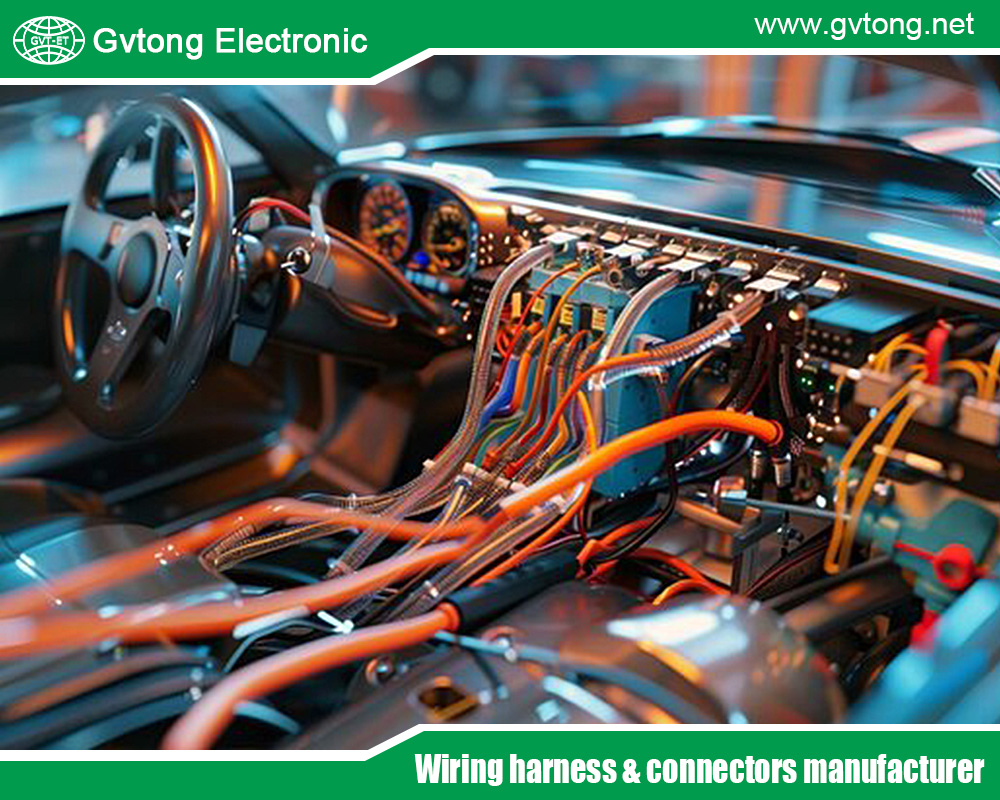
9-Cavity Connector: How to Become the “Technical Key” for Remote Information Processing
- Gvtong Electronic
- 10-cavity connector manufacturer, 2-cavity connectors, 2p 32p Automotive Connector Terminal Crimping, 3-cavity connectors, 4-cavity connectors, 5-cavity connectors, 8 - cavity connectors, 9-cavity connector, Anti-vibration automotive connectors, Automated assembly connectors Cost-effective automotive connectors, automotive antenna connector, automotive coaxial connector, automotive connector, Automotive Connector and Cable Products, automotive connector companies, automotive connector manufacturer, Automotive Connector Supplier, automotive connectors, automotive connectors and terminals, automotive data connector, automotive diagnostic connector, automotive electrical connector, Automotive high - frequency connector, automotive High voltage connector, automotive hybrid connector, automotive Low voltage connector, automotive Oil-resistant Connectors, automotive optical fiber connector, Automotive power distribution connector, automotive Signal Connector, Automotive temperature - resistant connector, Automotive vibration - resistant connector, automotive waterproof connectors, cavity connector, cavity connector factory, cavity connector manufacturer, cavity connector supplier
- No Comments
9-Cavity Connector: How to Become the “Technical Key” for Remote Information Processing
The rapid advancement of remote information processing, encompassing vehicle-to-everything (V2X) communication, autonomous driving, and real-time data analytics, has transformed the automotive and industrial sectors. At the core of these technologies lies the 9-cavity connector, a high-capacity electrical component designed to house nine terminals for power, ground, and data transmission. These connectors are pivotal in enabling the seamless exchange of information in modern vehicles and smart systems, serving as a “technical key” to unlock reliable, high-speed connectivity. With the ability to support complex circuits in a compact, durable package, 9-cavity connectors are essential for applications like advanced driver-assistance systems (ADAS), telematics, and industrial automation. This article delves into the technical specifications, applications, and strategic advantages of 9-cavity connectors, exploring how they meet the demands of remote information processing. By examining their design, performance, and alignment with industry trends, we highlight why these connectors are indispensable in shaping the future of connected and autonomous systems.
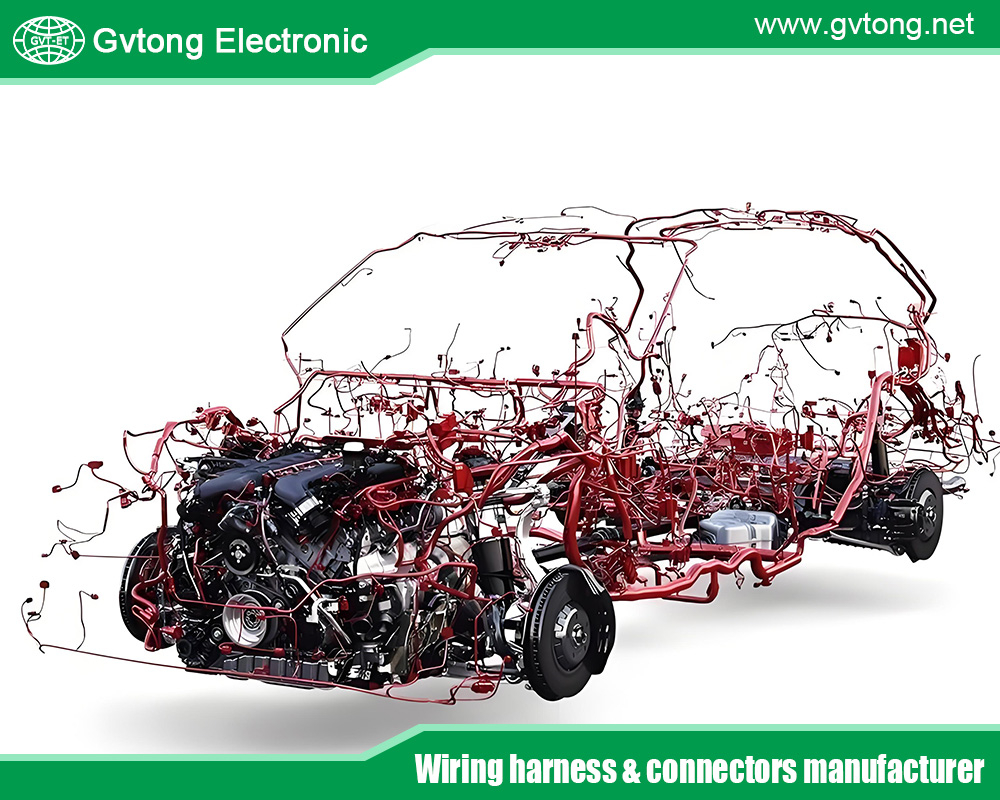
The Role of 9-Cavity Connectors in Remote Information Processing
Remote information processing involves collecting, transmitting, and analyzing data in real time, often across distributed systems. In automotive applications, this includes V2X communication, where vehicles exchange data with infrastructure, other vehicles, or the cloud, and ADAS, which relies on sensor data for autonomous decision-making. The 9-cavity connector, with its ability to handle multiple power, ground, and signal lines, is uniquely suited to these tasks.
Unlike smaller connectors (e.g., 2- or 3-cavity), the 9-cavity design supports complex wiring configurations, enabling simultaneous power delivery and high-speed data transmission. For example, in a V2X module, a 9-cavity connector might allocate two terminals for power, one for ground, and six for data lines supporting protocols like CAN-FD (Controller Area Network Flexible Data-Rate) or Automotive Ethernet. This high terminal capacity reduces the need for multiple connectors, simplifying wiring harnesses and saving space.
In industrial settings, 9-cavity connectors link control units to sensors or actuators, facilitating real-time monitoring and automation. Their versatility extends to aerospace, where they support avionics, and smart cities, where they enable IoT (Internet of Things) devices. By providing robust, multi-circuit interfaces, 9-cavity connectors ensure reliable data flow, making them a critical enabler of remote information processing in data-intensive environments.
Technical Specifications of 9-Cavity Connectors
The design of 9-cavity connectors is engineered to meet the stringent demands of automotive and industrial applications. Key components include:
- Housing: Typically made from high-grade thermoplastics like polybutylene terephthalate (PBT) or polyphenylene sulfide (PPS), the housing provides insulation and withstands temperatures from -40°C to 150°C, vibrations, and chemical exposure. PPS is particularly suited for high-heat environments, such as EV battery compartments.
- Terminals: Constructed from copper or brass with tin or gold plating, terminals ensure low contact resistance and high conductivity. Tin-plated terminals support power applications (up to 30A), while gold-plated terminals are ideal for low-current, high-reliability data signals (1-5A).
- Sealing: Silicone gaskets or multi-lip seals achieve IP67 or IP69K ratings, protecting against moisture, dust, and corrosion. This is critical for automotive under-hood applications or outdoor IoT devices exposed to harsh conditions.
- Locking Mechanisms: Positive latches and secondary locks prevent disconnection under vibration, while terminal position assurance (TPA) ensures proper terminal alignment, reducing connection failures.
- Shielding: For data-intensive applications, 9-cavity connectors often incorporate EMI (electromagnetic interference) shielding to maintain signal integrity, essential for high-speed protocols like Automotive Ethernet or 5G.
The 9-cavity configuration typically supports a mix of power, ground, and multiple signal lines, making it ideal for complex systems. For instance, a connector might allocate three terminals for power/ground and six for data, supporting protocols like CAN, LIN, or Ethernet. These connectors comply with standards like ISO 16750 (environmental testing) and USCAR (automotive performance), ensuring global compatibility. Their compact size (typically 30-50 mm in length) allows integration into space-constrained environments, while high mating cycles (50-100) ensure durability in serviceable systems.
Manufacturers like TE Connectivity, Molex, and Aptiv offer 9-cavity connectors in sealed and unsealed variants, tailored to specific needs. For example, Aptiv’s Apex series provides robust sealing for automotive use, while Molex’s Mini-Fit Sigma supports high-density data applications.
Applications in Remote Information Processing
The high terminal capacity of 9-cavity connectors makes them ideal for applications requiring robust data exchange and power delivery. Key use cases include:
- V2X Communication: In connected vehicles, 9-cavity connectors link telematics modules to antennas, ECUs, and power sources, enabling 5G, DSRC (dedicated short-range communication), or Wi-Fi connectivity. They support real-time data exchange for traffic management, collision avoidance, and over-the-air (OTA) updates.
- Autonomous Driving: ADAS relies on sensors (radar, LIDAR, cameras) and processors that process data in real time. 9-cavity connectors facilitate high-speed data transmission (e.g., via Ethernet) and power delivery to these systems, ensuring low-latency communication for autonomous decision-making.
- Battery Management Systems (BMS): In electric vehicles (EVs), 9-cavity connectors connect multiple sensors (voltage, temperature, current) to the BMS, enabling precise monitoring of battery health. Their sealed designs withstand harsh environments, ensuring reliability in high-voltage systems.
- Industrial Automation: In smart factories, 9-cavity connectors link control units to sensor arrays or actuators, supporting real-time monitoring and process optimization. Their high terminal count accommodates complex signal requirements, such as those in IoT-enabled machinery.
- Smart Cities and IoT: 9-cavity connectors are used in infrastructure like traffic sensors or environmental monitors, where they handle power and data for remote processing. Their durability ensures performance in outdoor conditions.
For example, in a V2X module, a 9-cavity connector might connect a 5G antenna, power supply, and multiple data lines to an ECU, enabling features like real-time traffic updates. In autonomous vehicles, it might link a LIDAR sensor to a processor, supporting high-speed data for navigation. The global automotive connector market, valued at $15 billion in 2023, is projected to grow at a 6% CAGR through 2030, with 9-cavity connectors playing a significant role due to their versatility.
Technical Advantages as a “Technical Key”
The 9-cavity connector’s ability to serve as a “technical key” for remote information processing stems from its technical advantages:
- High Terminal Capacity: With nine terminals, these connectors handle multiple circuits (e.g., power, ground, and seven data lines), reducing the need for multiple connectors. This simplifies wiring harnesses, saves space, and lowers assembly costs.
- Robust Data Transmission: Support for high-speed protocols like CAN-FD, LIN, and Automotive Ethernet ensures low-latency, error-free data exchange, critical for V2X and ADAS. EMI shielding minimizes interference in dense electronic environments.
- Environmental Durability: IP67/IP69K sealing and heat-resistant materials (e.g., PPS) enable operation in extreme conditions, from automotive under-hood environments to outdoor IoT applications. This ensures reliability for remote systems exposed to weather or vibration.
- Compact Design: Despite their high terminal count, 9-cavity connectors are compact (30-50 mm), fitting into space-constrained designs like EV battery packs or autonomous vehicle sensor modules. Micro-molding techniques further enhance miniaturization.
- Versatility: These connectors support a wide range of currents (1-30A) and signal types, making them adaptable to diverse applications, from BMS to telematics. Standardized designs ensure compatibility across platforms.
- Reliability and Serviceability: High mating cycles (50-100) and robust locking mechanisms (e.g., positive latches, TPA) ensure long-term reliability. This is crucial for systems requiring frequent maintenance or upgrades, such as industrial IoT devices.
- Cost-Effectiveness: By consolidating multiple circuits into one connector, 9-cavity designs reduce material and labor costs. Their widespread use in automotive and industrial applications benefits from economies of scale.
These advantages position 9-cavity connectors as a critical enabler of remote information processing, bridging power and data needs in complex, connected systems.
Alignment with Industry Trends
The 9-cavity connector aligns seamlessly with key industry trends driving remote information processing:
- Connectivity: The rise of V2X, 5G, and OTA updates demands connectors that support high-speed, low-latency data. 9-cavity connectors enable robust communication for smart traffic systems, cloud-based analytics, and vehicle-to-cloud interfaces.
- Autonomous Driving: Level 4/5 autonomy requires extensive sensor networks and real-time data processing. 9-cavity connectors support high-speed protocols and EMI shielding, ensuring reliable data flow for ADAS and autonomous navigation.
- Electrification: As EVs adopt 400V and 800V architectures, 9-cavity connectors facilitate auxiliary systems like BMS, cooling, and inverters. Their durability and compact design contribute to lightweighting, improving range efficiency.
- Sustainability: Manufacturers are adopting recyclable thermoplastics and modular designs to reduce waste. 9-cavity connectors, with their standardized footprints, support modular harnesses, enabling easier repairs and upgrades, aligning with circular economy principles.
- Smart Cities and IoT: Beyond automotive, 9-cavity connectors support IoT infrastructure, such as traffic sensors and environmental monitors, enabling remote data processing for urban planning and resource management.
Compliance with standards like ISO 21434 (cybersecurity) and SAE J1939 (data communication) ensures 9-cavity connectors meet the security and interoperability needs of connected systems.
Challenges and Innovations
Despite their strengths, 9-cavity connectors face challenges in meeting future demands. High-voltage EV systems (800V) require enhanced insulation and thermal management, pushing manufacturers to develop connectors with advanced dielectric materials and cooling channels. Miniaturization is another challenge, as space constraints intensify in vehicles and IoT devices. Ultra-compact designs using high-density terminal layouts address this, maintaining performance in smaller footprints.
High-speed data applications, like Automotive Ethernet, demand robust EMI shielding and low-latency performance. Innovations like integrated shielding and optimized terminal designs are mitigating interference. Additionally, the rise of solid-state batteries and vehicle-to-grid (V2G) systems will require connectors with higher current capacities and mating cycles.
Smart manufacturing is driving innovation. Automated assembly lines and AI-driven quality control enhance precision and reduce costs. Companies like Aptiv are developing connectors with embedded diagnostics, enabling real-time monitoring of connection health, which is critical for autonomous and IoT systems. Additive manufacturing (3D printing) allows rapid prototyping of custom designs, accelerating development.
Future innovations may include smart 9-cavity connectors with sensors to monitor temperature or wear, supporting predictive maintenance. Wireless power transfer could reduce reliance on physical connectors, but 9-cavity designs will remain essential for data and control circuits.
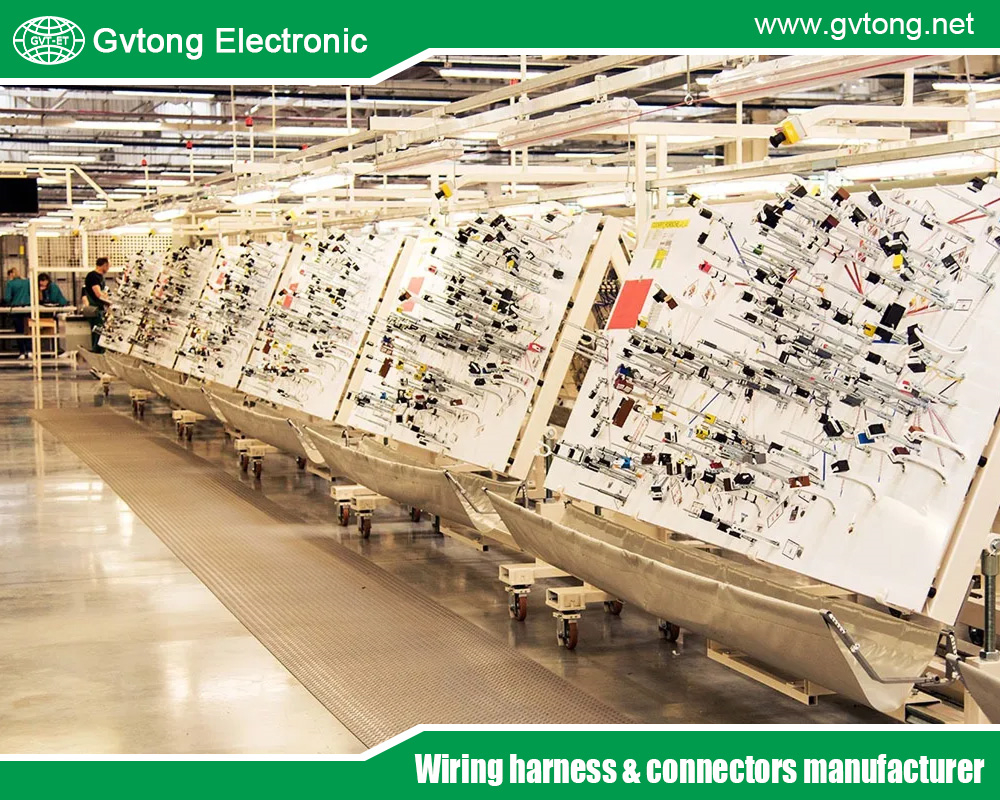
Conclusion
The 9-cavity connector is a “technical key” for remote information processing, enabling reliable, high-capacity connections in automotive, industrial, and IoT applications. Its ability to handle multiple power, ground, and data lines in a compact, durable package makes it indispensable for V2X, ADAS, BMS, and IoT infrastructure. Technical advantages like high terminal capacity, robust data transmission, and environmental durability ensure it meets the demands of connected, autonomous, and electrified systems. As industry trends like 5G, autonomy, and sustainability shape the future, 9-cavity connectors are evolving through innovations in materials, miniaturization, and smart manufacturing. By addressing challenges like high-voltage demands and space constraints, these connectors will continue to unlock the potential of remote information processing, driving smarter, greener, and safer technologies.
For more about the best 9-cavity connector: how to become the “technical key” for remote information processing, you can pay a visit to Gvtong at https://www.gvtong.net/ for more info.
Recent Posts
How Do Automotive Pressure Connectors Work?
The Best GR Series-Circular Connectors Manufacturer
Tags
Recommended Products
-
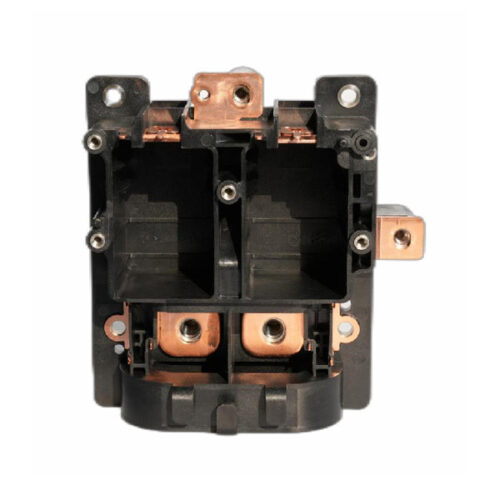
Filter copper bar assembly
-
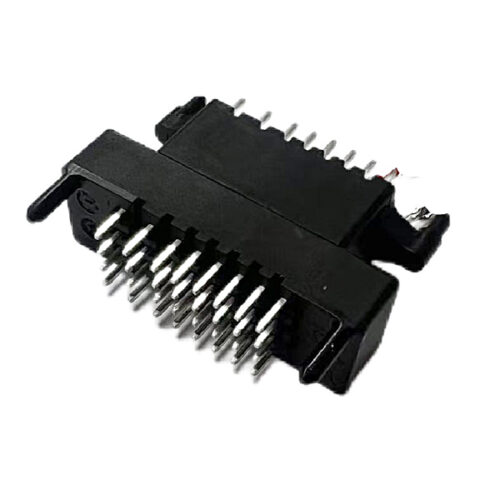
GE Series-32pin signal connector
-
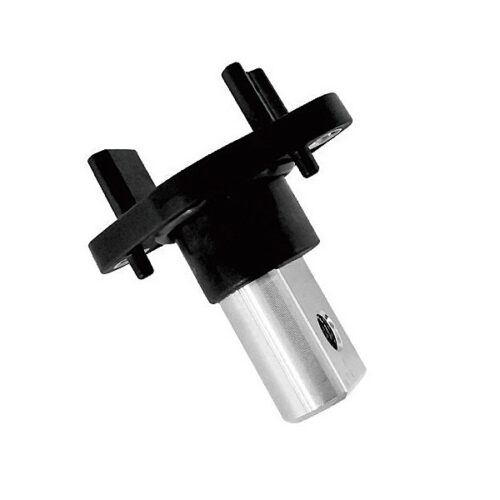
DCDC through-wall terminal – 90°180°
-
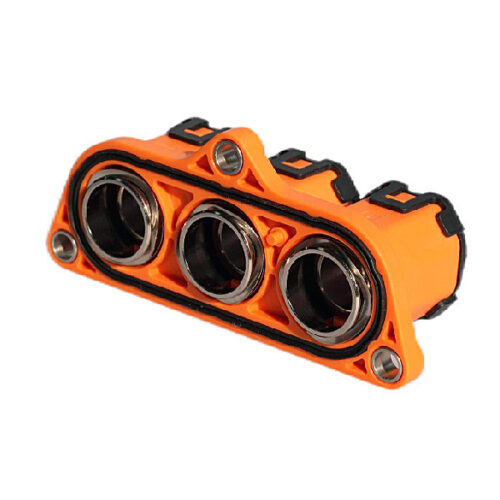
GVPT 3-core wiring connector
-
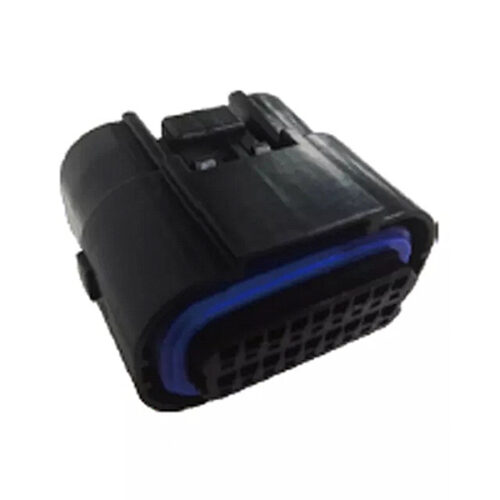
Signal connector-waterproof, double row, 18/26 core
-
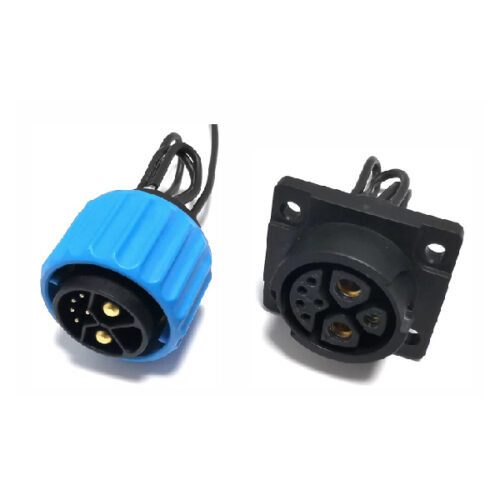
GD Series – Combined Power Connector – (2+1+5) Cores
-
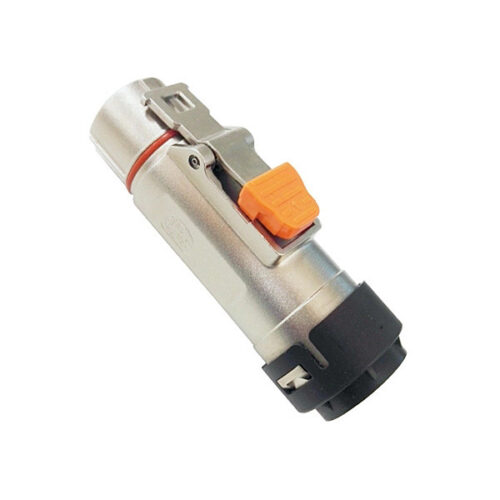
Straight metal connector-10mm-single core
-

GE Series-WTB 6pin Connector Plug
